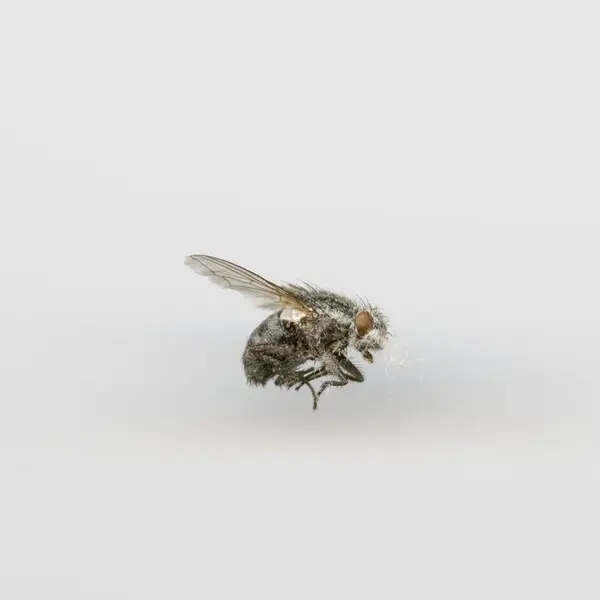- 1/1
© Kirsti van Hoegee, from the series Light Trap, 2014. Preus museum Collection
She commenced work on this series rather vaguely after noticing all the dead insects on her windowsill. Eventually she started collecting insects that had flown into lamps, and her interest thus become linked with light pollution issues. The questions that she asked were as follows: What causes these insects to end up in the lamp? Why are insects attracted to light? Van Hoege contacted various academic communities and did a lot of reading, but she was unable to find any clear answers.
One theory is that insects navigate by the moon, but if they get it wrong and believe that a lamp is a moon, they end up in a trap. However, it is agreed that light pollution is harmful and that it disrupts the ecosystem and kills many insects. It is therefore natural to see van Hoege's project in the light of the massive number of insect deaths that are occurring around the world. This is due to both the use of pesticides and the loss of habitat. Since insects are both small and can be a nuisance, they have not featured at the top of the conservation list throughout the ages. Our willingness to project things is often heavily governed by our emotions.
In Recovering Lost Species in the Modern Age, environmental historian Dolly Jorgensen shows that ideas about the conservation and reintroduction of threatened species are very rarely based on reasonable considerations. Instead, they are based on human attachments to and empathy for certain species. In this battle most insects fall outside our range of vision.
van Hoege's photo series has definite serial characteristics, providing clear associations with scientific photos and natural history collections of insects. If you look at them more closely you will see that they have been photographed and observed with a kind of tenderness that transcends scientific observation. The surfaces of the insect are furry, making you want to stroke them, and several of the insects' feet have assumed human poses. This all invites the observer to identify with these little creatures.
Speaking about her work with these photos the artists says that she thought of them as personalities rather than simply being in a category. She also gilded several of the insects. The idea was that insects are attracted to light, while humans are attracted to gold. It was also one way of elevating these insignificant creatures and giving them a kind of eternal life.
This text has been taken from an essay written for the exhibition catalogue by Christine Hansen, the co-curator of the exhibition.
